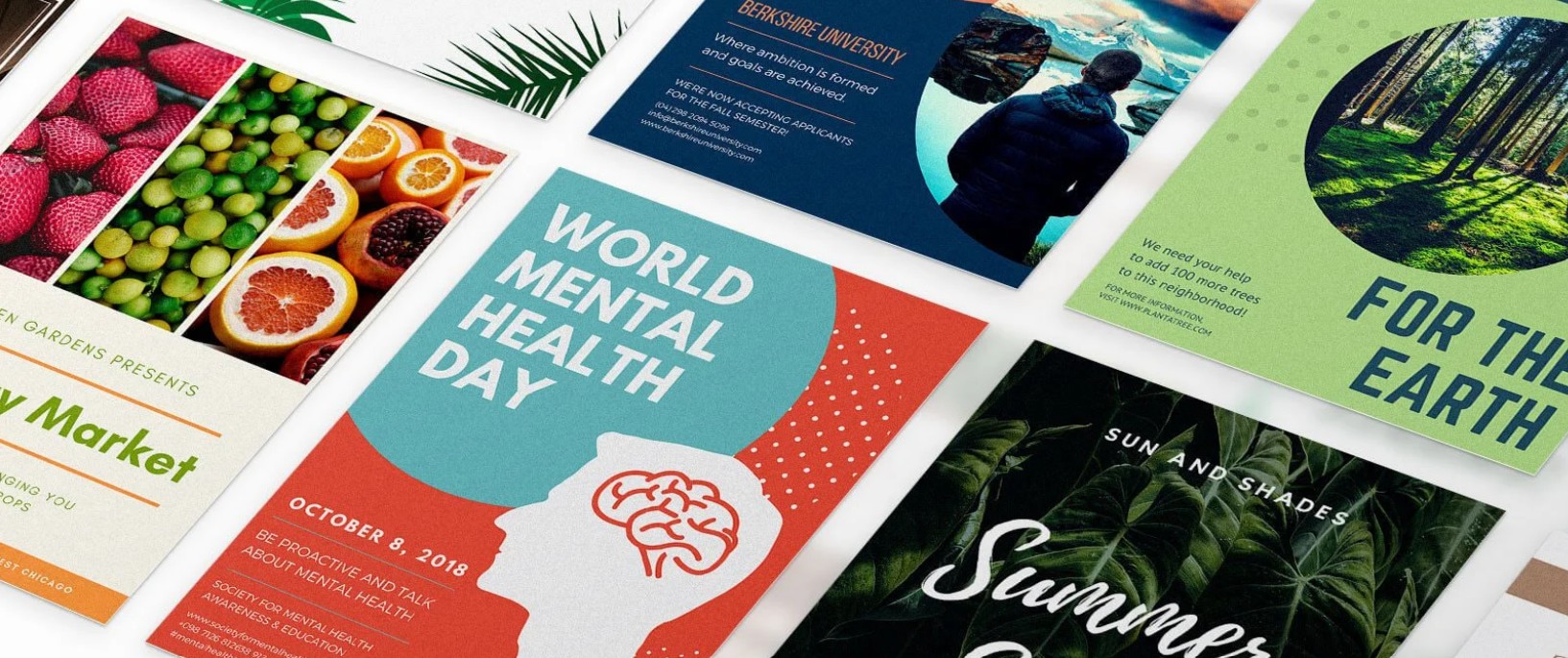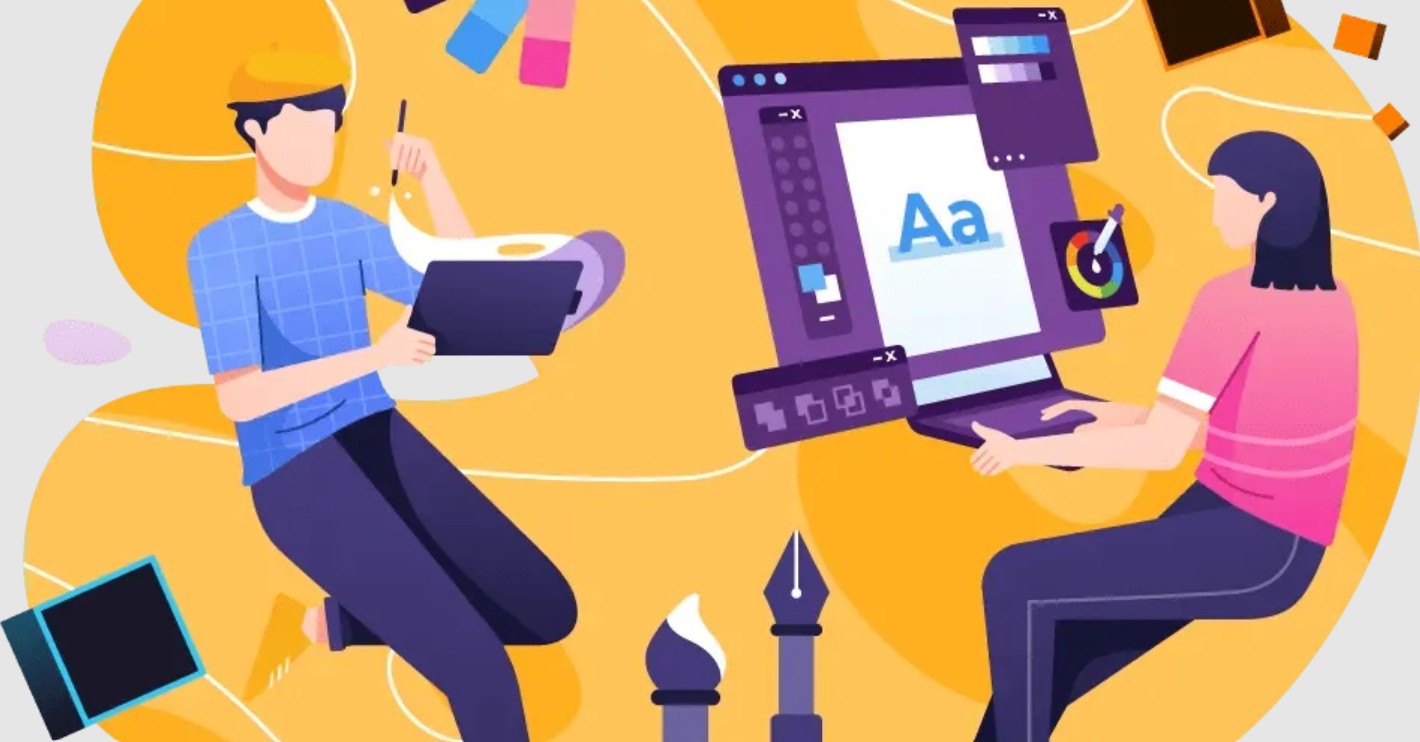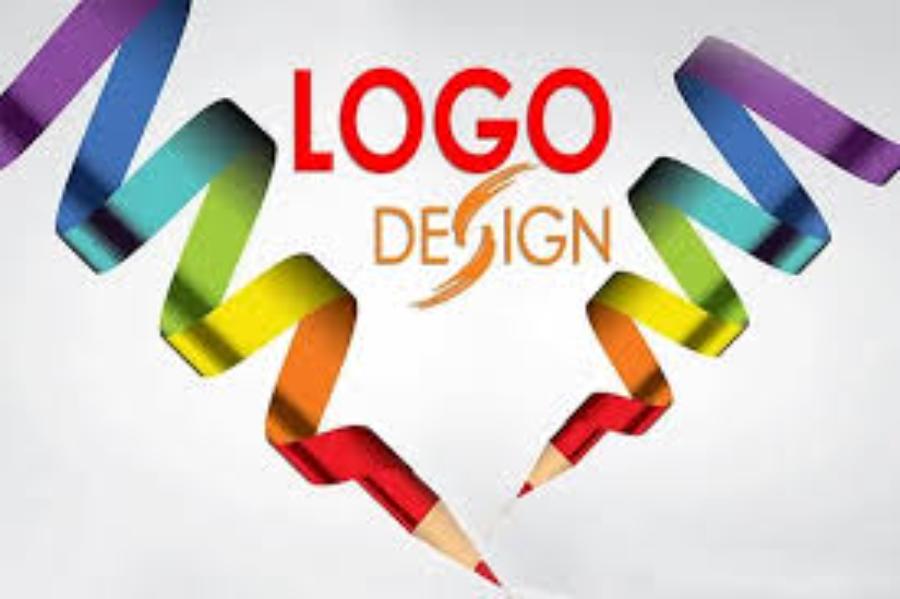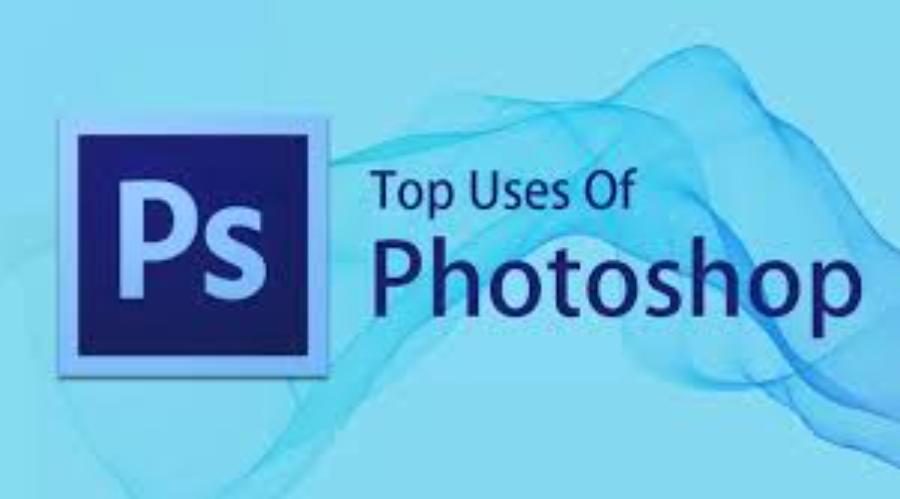Best Selling Products
Eye-catching Design Styles Every Designer Should Know
Nội dung
Design is more than just the arrangement of colors, shapes and fonts. It is the art of combining beauty and utility, creating products that not only attract viewers but also bring great experiences to users. In the modern world, where information is overwhelming, an impressive design can be the deciding factor to help your brand stand out from the crowd. Diverse design styles not only expand creativity but also help designers express their personality and the message they want to convey. Let's explore the popular design styles today with Sadesign
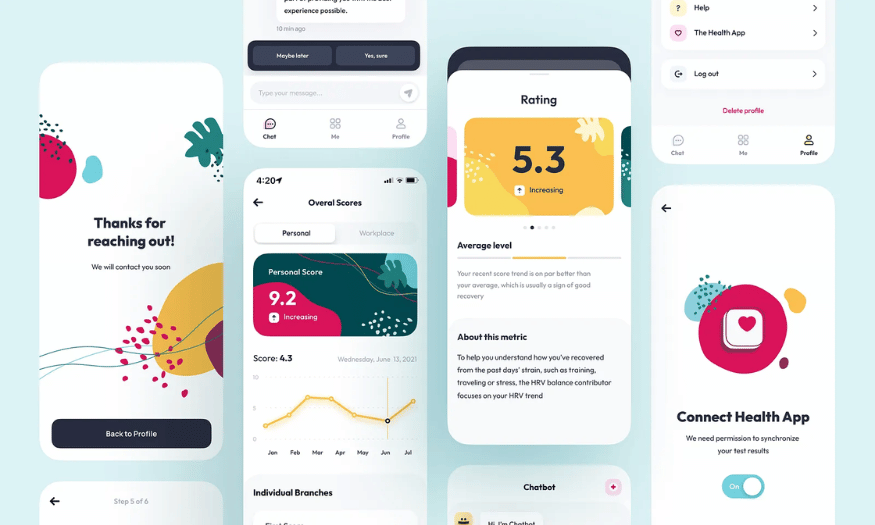
Design is more than just the arrangement of colors, shapes and fonts. It is the art of combining beauty and utility, creating products that not only attract viewers but also bring great experiences to users. In the modern world, where information is overwhelming, an impressive design can be the deciding factor to help your brand stand out from the crowd. Diverse design styles not only expand creativity but also help designers express their personality and the message they want to convey. Let's explore the popular design styles today with Sadesign .
1. 3D
3D design has opened a new era for the design industry, allowing objects and images to come to life and become more realistic than ever. The development of technology has allowed designers to create highly detailed models and moving effects, bringing impressive visual experiences to users. From mobile applications to video games, 3D design is not only a tool, but also an artistic medium that vividly expresses creative ideas.
In the field of video games, 3D design has become an indispensable element. Characters, backgrounds and effects in the game are all built with 3D technology, helping players feel the authenticity and appeal. In addition, 3D design is also widely applied in fields such as architecture, advertising and cinema, where creating a vivid and realistic space is extremely important. Therefore, mastering this design style will help designers expand their creativity.
2. Holographic
Holographic, also known as hologram design, is a unique style that combines art and technology. Although its surface is usually only 2D, thanks to the sophistication in the use of color and light, holographic design creates the impression of depth and space, almost like a 3D effect. Holographic images often appear in consumer products, including anti-counterfeit stamps, book covers, or even unique art products.
The outstanding feature of this style is the ability to attract attention from afar. The vibrant colors and sparkling light effects make the products stand out from the crowd. In the era of increasingly developed technology, holographic design is not only about creating visual effects, but also an important part in building a brand and creating a personal mark. Applying this style in design will help designers create products that are not only beautiful but also full of creativity.
.png)
3. Minimalist
Minimalism has become a prominent design trend in recent years. With the philosophy of "less is more", this style focuses on eliminating unnecessary details, creating sophistication and elegance. Every element in the design is carefully selected, from images to colors, to bring a sense of comfort and ease to the user. Neutral colors and simple shapes are easily recognizable characteristics of this style.
In a context where people are increasingly under pressure from modern life, minimalist design brings a relaxing and comfortable space. It helps users easily focus on the main message that the product wants to convey. Applying this style in design not only helps to enhance aesthetics but also increases the effectiveness of visual communication. Designers should consider applying minimalist style to create products that are both eye-catching and easy to use.
4. Abstract
Abstract style is gradually making a comeback and attracting the attention of designers. Unlike traditional styles, abstract design does not try to depict the exact subject but instead encourages creativity and freedom in expressing ideas. Simple shapes such as circles, rectangles and polygons are used to create unique works of art, helping to improve the structure and clarity of the design.
The combination of geometric and organic elements in abstract style brings a new breeze to the design industry. Designers are free to explore and express their ideas creatively without being bound by traditional rules. This not only enriches the user experience but also creates unique artistic products that attract attention and stimulate the imagination.
.png)
5. Flat Design
Flat Design has become a popular trend in user interface and web design. Unlike 3D design, Flat Design does not use depth or shadow effects, but instead focuses on simplicity and elegance. Elements in this style are presented on a flat surface, with an emphasis on color combinations to create a finished product.
One of the outstanding features of Flat Design is its ease of use. Thanks to the clear and intuitive interface design, users can easily interact and find the necessary information. This style is also suitable for modern design trends, where page loading speed and user experience are prioritized. Designers should consider applying Flat Design to create products that are not only beautiful but also user-friendly.
6. Material Design
Material Design is a design style developed by Google, bringing a new and more creative look to Flat Design. Different from completely flat design, Material Design uses overlapping flat layers to create depth and a sense of prominence for interface components. This not only helps users easily identify different elements in the design but also brings a more vivid visual experience.
One of the key elements of Material Design is the use of light and shadow to create a three-dimensional feel. These effects not only add depth to the interface but also create a more natural feel when users interact with the elements on the screen. Thanks to the combination of functionality and aesthetics, Material Design has become a popular design trend, especially in modern mobile and web applications. Designers can learn from this style to create products that are not only beautiful but also effective in attracting users' attention.
.png)
7. Fluent Design
Fluent Design is a design style introduced by Microsoft, which aims to create a smooth and consistent user experience. This style focuses on the use of light, motion, and depth to create an interface that is lively and engaging. Elements such as transparency and layers are used cleverly, helping users feel the interaction and depth in the design.
A highlight of Fluent Design is the combination of soft curves and sharp edges. This not only creates diversity in design but also makes the product more friendly and easier to use. Colors are also used subtly to create a harmonious blend, thereby highlighting important elements on the interface. Applying Fluent Design will help designers create products that are not only attractive but also bring the best user experience.
8. Conceptual Art
Conceptual Art focuses on communicating concepts and ideas through design. Rather than focusing solely on the visual appearance, Conceptual Art requires designers to think deeply about the message they want to convey. This can include using images, colors, and shapes to express ideas in a creative and unique way.
Conceptual Art is often applied in art, advertising and communication projects where ideas are at the center. Design products are not just beautiful images but also carry deep thoughts and emotions. This style requires creativity and independent thinking ability, helping designers express their ego strongly. Exploring Conceptual Art will open up new horizons for designers in creating and conveying ideas.
.png)
9. Feminine
Feminine design style is an expression of beauty and sophistication, inspired by women and their related elements. This style often uses soft colors such as pink, pastel and floral motifs to create a warm and gentle space. Soft curves and materials such as silk, lace, wool are often used, bringing a sense of elegance and femininity.
Feminine design is not only limited to the fashion industry but is also widely applied in many other fields such as interior design, cosmetics and advertising. It shows care and sophistication, making the product more approachable and attractive to female customers. Applying this style in design will help designers create products that are not only beautiful but also reflect the values and souls of women.
10. Retro
Retro style takes viewers back to the 60s, 70s and 80s with images and colors typical of these decades. Design elements such as typography, images and patterns often have a vintage feel, creating a nostalgic feeling and reminiscent of a bygone era. Retro is not only a design trend but also a cultural event, reflecting the values and lifestyle of the era.
Using bright colors and iconic images, Retro helps create a warm and cheerful space. This style is often applied to products such as advertising graphics, product packaging and interior design, bringing a sense of closeness and familiarity. Designers can exploit this style to create unique products that make a strong impression on consumers.
.png)
11. Grunge
Grunge style is characterized by a rugged and imperfect look, often associated with punk culture and 90s rock music. Elements such as dark colors, torn patterns, and inconsistent typography create a look that is both rough and glamorous. Grunge is not only an expression of personal style, but also conveys a strong message of freedom and rebellion.
In design, Grunge is often used to create highly artistic products, from album covers to posters and websites. This style encourages designers to break away from traditional rules, allowing them to express themselves freely and creatively. Using Grunge in design can attract people who love difference and individuality.
12. Art Deco
Art Deco is a design style that emerged in the 1920s and 1930s, combining luxury and modernity. With the use of geometric shapes, sharp lines and bold colors, Art Deco creates a sense of nobility and sophistication. This style appeared not only in graphic design but also spread to architecture, interior design and fashion.
Elements such as shiny metals, high-quality materials and elaborate decorative motifs are characteristic of Art Deco. This style is often used in high-end products, from jewelry to luxury furniture. Designers can exploit Art Deco to create products that express luxury and class, while making a strong impression on consumers.
.png)
13. Industrial
Industrial style is characterized by industrial spaces, with elements such as exposed brick, metal, and concrete. This style often reflects simplicity and functionality, with minimalist yet powerful designs. Industrial is not only a trend in interior design, but also applied to graphic and product design.
Using neutral colors and natural materials, the Industrial style creates an open and airy space. Designers can apply this style to create modern products that are both practical and artistic. This style is especially suitable for brands that want to convey a message of sustainability and practicality.
14. Eclectic
Eclectic style is a harmonious combination of many different styles, creating a diverse and rich picture. Instead of following a single rule or style, Eclectic allows designers to freely combine elements from many different sources of inspiration. This creates uniqueness and personality in each design product.
Eclectic style is often playful and creative, with a combination of different colors, shapes and designs. Using this style in design helps create highly artistic products, while reflecting the designer’s own personality and preferences. Designers can explore the diversity and creativity in Eclectic style to create unique works that attract the attention of consumers.
15. Conclusion
In a competitive world, mastering attractive design styles is essential for every designer. Each style brings its own characteristics, helping to create a strong impression in the minds of users. By applying this knowledge, you will not only improve your skills but also create unique products, contributing to building a strong brand. Always be creative and keep exploring, because good design is not just a profession, but also a journey that has no end.
In addition, combining styles also opens up unlimited creative opportunities. This unlimited creativity not only enriches the user experience but also affirms the designer's personal style.









































